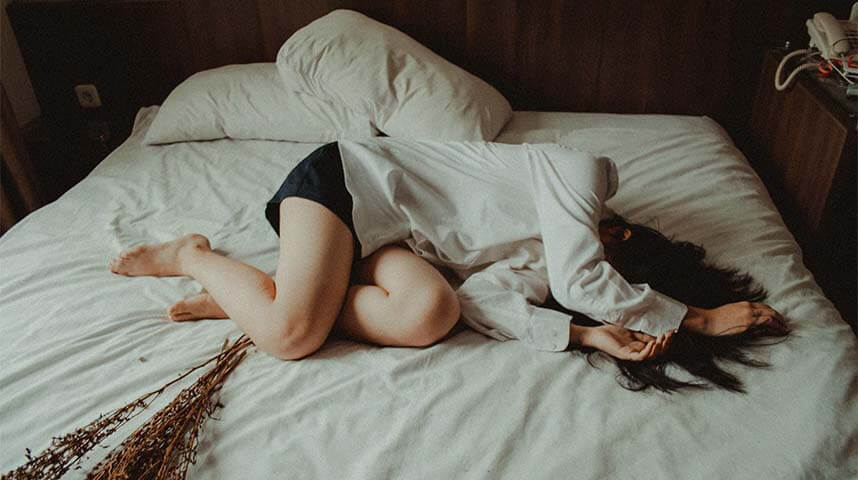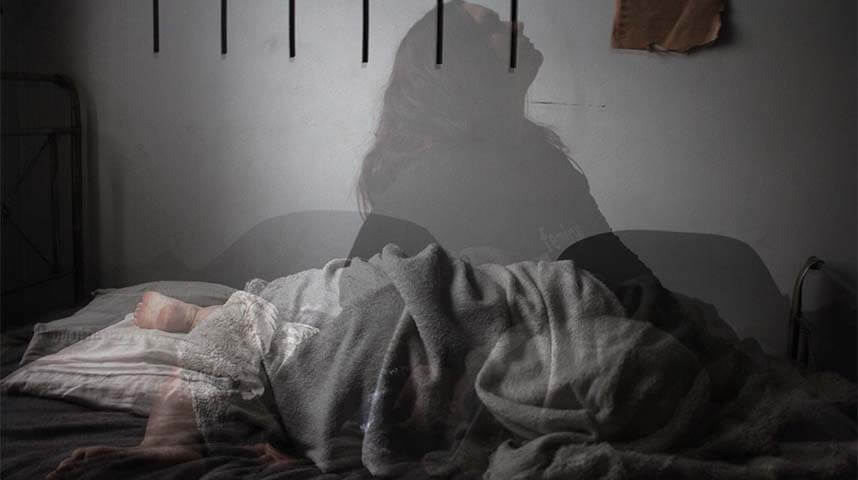Buying Sheets: Choosing Colors that can Improve your Sleep
The color of our sheets carries way more importance than most people think. When we choose them, we should consider our lifestyle, taste, and how the colors may ultimately affect our sleep. There is hardly a color that meets all these needs, so buyers need to decide on their priority from the get-go.
White sheets can brighten a room and add a sophisticated simplicity. But for all that, it dirties quickly, stains easily, and can sabotage your sleep. This is because white sheets reflect light. This can stop the production of melatonin needed by your body to regulate sleep.
So for people who prioritize sleep above all else in the bedroom, here are four colors that can help them get more shuteye.
Blue
Over the years, in virtually every study on colors and how they affect our sleep quality, blues come out on top. The main reason blues help us sleep and rest better is because of how our body responds to the color. Ganglion cells, which are special receptors in the eyes, are very sensitive to blues.
When stimulated, these cells tell the brain it’s bed time. The cells communicate with the part of the brain that regulates the body’s internal clock. The brain then lowers the blood pressure and heart rate, which relaxes a person allowing us to reach deep sleep easier and faster.
Grays and Silvers
Next in line, are gray and silver. Unlike blue, there is no big science behind why this works, but studies nonetheless show that these shades help people sleep.
Some experts believe this happens because gray and silver mimic the moonlight, which at once calms the body and indicates it’s time for bed. As gray and silver are usually darker, it also helps to lessen the reflection of light, which can help people sleep better.
Warm Colors – but Not Red
Warm colors like light yellows and oranges help people sleep by creating an inviting and cozy look in a home. For people living in colder and dreary areas, warm colors can help to put them in a good mood before bed.
One warm color more likely to keep people up than help them sleep, however, is red. Subconsciously, the color excites us and warns us of danger ahead. This raises our blood pressure and may even sharpen our attention, which is the very opposite of what we want before we lay down to go to sleep.
Green
Considered one of the most restful colors, green brings the best of both worlds to the bedroom, uniting soothing blue and cheerful yellow. Experts believe that its association with nature also helps make this color one of the most soothing.
Some people also believe that green helps with fertility, which is a belief with roots all the way back in medieval history. Believe it or not, green is also currently the most popular decorating color choice in the world – in and outside of the bedroom.
Choosing bed linen and even wall colors can help increase the likelihood of a good night’s’ rest, but never rely on these completely. Remember to wash sheets weekly, dust regularly, block out the light, and reduce noise in the room, to further help improve your hours in the land of nod each night.












